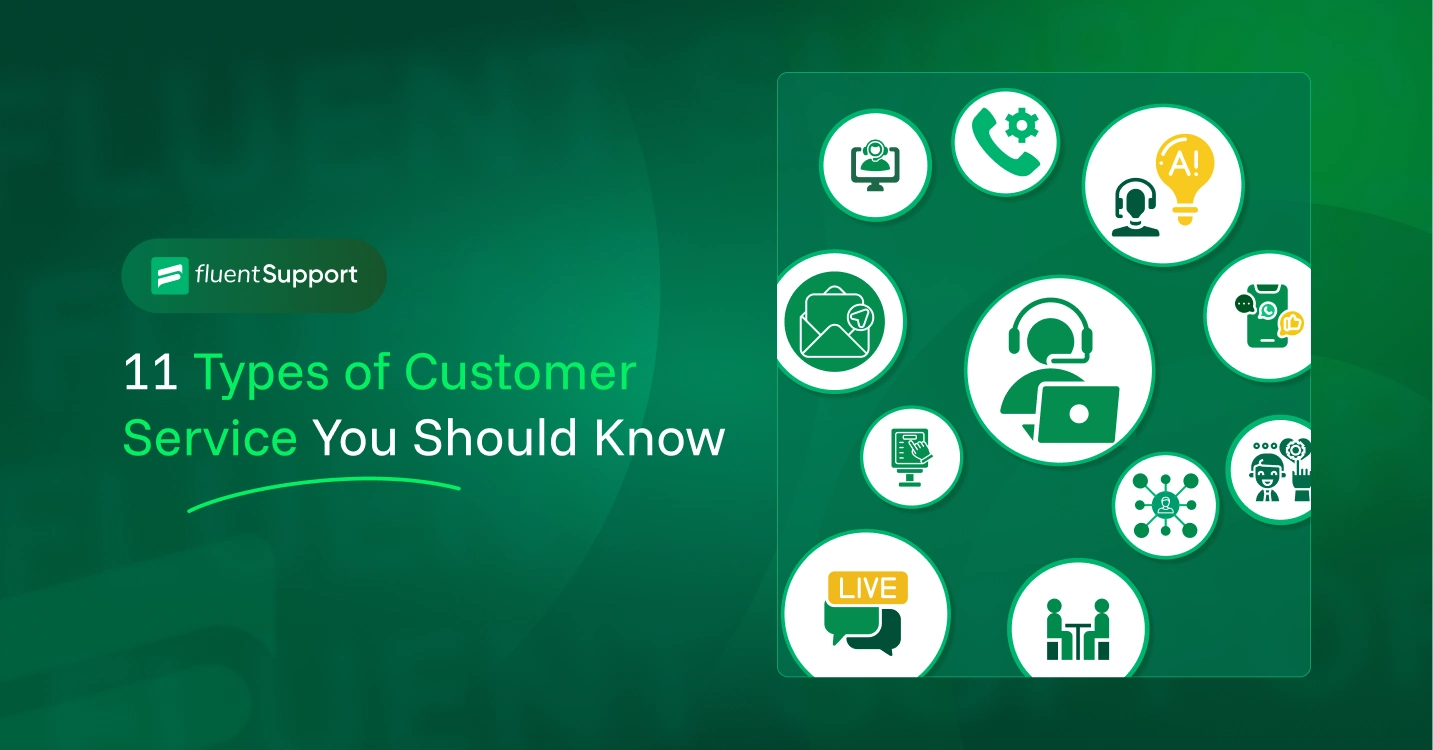
11 Types of Customer Service Every Successful Business Uses
By Md. Sajid Sadman
October 9, 2025
Last Modified: November 13, 2025
Your customers want help in different ways. Some prefer phone calls, others want to chat online, and many just need quick answers from a help center. That’s why knowing the different types of customer service matters.
When you offer the right mix of support channels, you meet customers where they are. This improves their experience and strengthens your business.
This blog is about discussing the mostly used customer service types.
But before diving into the types of customer service we have listed, let’s give you a glimpse of customer service. So, let’s start with the basics (what customer service is and its importance).
Quick summary: Don’t have time to read everything?
Here’s what you need to know about the 11 types of customer service:
Bottom line: You don’t need all 11 immediately. Start where your customers already reach out, then expand based on real patterns. Phone and email work for detailed issues. Live chat captures people in the moment. Self-service handles common questions at scale. The right mix depends on your audience, not a checklist.
What is customer service?
Customer service is how you support your customers throughout their entire journey with your business. It starts the moment someone first reaches out to you and continues long after they’ve made a purchase.
Think of it as the bridge between your brand and the people who use it. Good customer service means answering questions, solving problems, and making sure customers feel heard and valued.
And here’s why it matters: when customers have a positive experience with your support team, they stick around.
And it’s already proven from different types of research that customers are willing to spend more money with businesses that deliver a good customer experience.
Yes, that’s not just good service. That’s good business when you ensure proper service for your customers.
Now that we’ve covered the foundation, let’s talk about why variety in your customer service approach is so important.
Why do you need different types of customer service
Not everyone likes to communicate the same way. Some customers prefer hopping on a quick call to explain a complex issue.
Others would rather send an email so they can attach screenshots and get a detailed response later. Then there are those who just want to find answers on their own without talking to anyone at all. And the list goes on.
Being flexible and engaging customers through their preferred communication methods is essential. When you offer multiple service options, you’re not just being convenient. You’re showing your customers that you respect their time and their choices.
This one reason is good enough to make you understand why you actually need a different type of customer service.
So what are these different types? Let’s break them down one by one. Well, we have mentioned 11 mostly used types on this blog.
The 11 types of customer service you should know
Each type of customer service plays a unique role in shaping customer experience. Understanding their strengths helps you choose the right one at the right time.
So, let’s discuss the 11 types!
1. Help desk and customer support software
Before we talk about individual service types, let’s address the backbone that holds everything together: helpdesk and ticketing system.
A helpdesk and ticketing system centralizes all your customer interactions in one place. Whether someone emails you, creates a support request (or ticket), or reaches out to you through social media, everything gets tracked as a ticket.
This means no conversation falls through the cracks, and your team always has context about previous interactions.
Modern customer support software does more than just organize tickets. It routes requests to the right agents, tracks response times, tags tickets for better classification, manages your knowledge base, and provides analytics about your support performance. Think of it as your command center for all customer service operations.
Without this foundation, managing multiple support channels becomes chaotic. Agents duplicate work, customers get inconsistent answers, and managers have no visibility into what’s actually happening. Good support software brings order to that chaos and helps your team work more efficiently.
2. AI-powered support
Let’s start with something that’s changing the game right now: AI-powered support.
It utilizes automation and smart technology to help your customers more efficiently and make your support team’s job easier.
AI can create a more intelligent customer experience by handling routine questions, suggesting solutions, and even predicting what customers might need before they ask. This means your human agents can focus on the complicated stuff that really needs a personal (human) touch.
What makes AI particularly valuable is its availability. While human teams work in shifts and need rest, automated systems can provide consistent support at any hour. A customer in Tokyo gets the same immediate response as someone in Toronto, regardless of when they reach out.
Obviously, this customer service type greatly improves team performance and reduces the team’s first response time.
3. Omnichannel support
Your customers don’t stick to just one channel when they need help. They might start a conversation on one platform and want to continue it somewhere else, depending on what’s convenient at that moment.
Here’s a common frustration (scenario): you start a conversation with a company over email, then you need to call them later, and suddenly you’re explaining everything all over again. Annoying, right?
That’s exactly what omnichannel support fixes. It connects conversations from one channel to another without losing conversation history or context. So if a customer emails you first and then switches to phone support, your agent already knows what’s been discussed.
It’s seamless, it’s efficient, and it makes customers feel like you actually know who they are.
4. In-person support
While digital tools have transformed how we communicate with customers, traditional face-to-face support still plays a vital role for many businesses.
There’s something about looking someone in the eye, shaking their hand, or simply being physically present that builds trust in a way digital channels can’t quite match.
In-person support allows for direct, physical interaction. This makes it particularly effective for handling complex issues and building genuine trust. Think about retail stores, service centers, or appointment-based consultations.
Yes, this approach does come with limitations. It requires physical locations, which means higher operational costs and geographical constraints. Customers need to travel to you, which isn’t always convenient. But for certain industries and situations, nothing beats being there in person.
5. Phone support
The telephone might seem old-school, but it’s still one of the most powerful tools in customer service. Phone conversations enable personalized customer service and can resolve complex issues faster than most other channels.
Think about what happens during a phone call. When someone’s upset or confused, hearing a real human voice on the other end changes the entire interaction. Tone, empathy, and immediate back-and-forth conversation create a level of connection that text-based channels sometimes struggle to achieve.
Phone support also reveals things that written messages hide. Voice cues tell your team what customers are really feeling. A frustrated sigh or a relieved laugh communicates more than any carefully worded email ever could.
6. Email support
Email remains one of the most reliable channels for customer service. It allows for organized, prioritized, and delegated support interactions that keep everything documented and accessible.
Simply put, customers appreciate email because they can send detailed questions on their own schedule and get thoughtful, documented responses. On the support side, teams can handle messages efficiently, attach helpful resources, and keep a clear record of every interaction.
Let’s agree, email isn’t instant like live chat, but that’s not always a problem. For non-urgent matters that need thorough explanations, email works exceptionally well. When someone needs to include screenshots, reference order numbers, or explain a multi-step problem, email provides the space and structure to do that properly.
Just a heads up, managing email support through a regular inbox becomes challenging as your business scales. When you’re handling dozens or hundreds of customer emails daily, tracking responses and ensuring nothing gets missed becomes nearly impossible.
Luckily, email ticketing systems solve this problem. These systems automatically convert incoming emails into support tickets. When a customer sends a message to your support email address, it creates a ticket that gets tracked, assigned to the right agent, and managed alongside all your other support channels.
7. Social media support
Moving to the next type of customer service, social media has become a critical space for customer service interactions.
Your customers are already scrolling through Instagram, tweeting, and checking Facebook. Millions of individuals and brands are active on social media, making it essential to have a support presence there too.
Social media support turns your public posts and direct messages into opportunities for customer service. The unique thing here is visibility. When you solve someone’s problem publicly, other potential customers see it. That transparency builds trust and shows everyone that you actually care about making things right.
Social media does require constant attention, though. Platforms move quickly, and customers expect faster responses here than they might through email. One unanswered comment can sit there for everyone to see, while a thoughtful public resolution can become excellent word-of-mouth marketing.
8. Live chat support
Sometimes customers need help right away. Not tomorrow, not in an hour, but in this moment. That’s where live chat comes in as one of the most efficient and fast customer service types.
Live chat provides instant support by connecting customers on your website or app for a real-time conversation. When someone has a question while browsing your site, they can click the chat widget and get immediate assistance without leaving the page.
This immediacy actually makes a huge impact on customer perception for your brand. Customers stay engaged instead of abandoning their purchase or searching for answers out of frustration. They get their questions answered on the spot, which often leads to faster decisions and higher satisfaction.
For your support team, live chat offers efficiency advantages too. Agents can handle multiple conversations simultaneously, something that’s impossible with phone support. They can also use saved responses for common questions while still personalizing each interaction.
9. Proactive support
Here comes the 9th one, proactive customer support, a forward-thinking customer service type.
In this type, your customer service gets really interesting, strategically!
Instead of waiting for customers to come to you with problems, what if you reached out (addressed the problem and solved it) first?
By applying proactive customer support to your service process, you could do that.
Well, proactive support improves customer experience and reduces support costs by addressing issues before customers even realize they have them.
This might look like sending a heads-up about scheduled maintenance, following up after a purchase to make sure everything’s working, or offering tips to help customers get more value from your product.
It requires a customer-first mindset and good data about how people use your product. You need to anticipate pain points and reach out at the right moment.
When done well, proactive support prevents frustration before it starts and shows customers you’re thinking about their success, not just reacting to their complaints.
10. Self-service support
The type of customer service takes a completely different approach by shifting the support dynamic entirely. That is self-service support.
Here what happens is customers don’t reach out to your team for help. Instead, self-service support puts the power directly in their hands.
Well, not everyone wants to talk to a support agent. Some people prefer finding answers on their own, at their own pace, without waiting in any queue. This customer service type is for these types of people.
In practice, self-service options like FAQs and knowledge bases empower customers to find solutions independently. This increases satisfaction by giving them autonomy and quick answers.
Think about the convenience factor. When someone can search your help center at 2 a.m. and fix their problem in five minutes, that’s a win for everyone. They get immediate answers without waiting for business hours.
The key is making sure your self-service resources are comprehensive, well-organized, and actually helpful. Outdated or confusing help articles do more harm than good. Your knowledge base needs regular updates and should be written in plain language that matches how customers actually describe their problems.
11. Video support
Last but definitely not least, video support is becoming increasingly popular for good reason. Video support uses live video calls to connect agents with customers. This allows face-to-face communication without requiring physical presence.
This works brilliantly for technical troubleshooting, where the technical support team needs to see what’s happening, product demonstrations, or situations where that human connection makes a difference. It combines the personal touch of in-person support with the convenience of digital communication.
Video support does require decent internet connections on both ends, and it’s not always practical for simple questions that could be answered with a quick text response.
But for the right situations, being able to see what a customer is experiencing or show them exactly how to do something can resolve issues much faster than trying to explain everything through text.
Wrapping up
So there you have it: eleven distinct ways to serve your customers, each with its own superpowers and best-use scenarios.
The truth is, you probably don’t need all eleven right away. Start by understanding where your customers naturally try to reach you, then build from there. Maybe your audience lives on social media, or perhaps they prefer traditional phone support. Pay attention to the patterns.
What matters most isn’t checking every box. It’s about creating a service experience that feels natural, accessible, and genuinely helpful for the specific people you serve. When you get that right, everything else falls into place.
Start off with a powerful ticketing system that delivers smooth collaboration right out of the box.





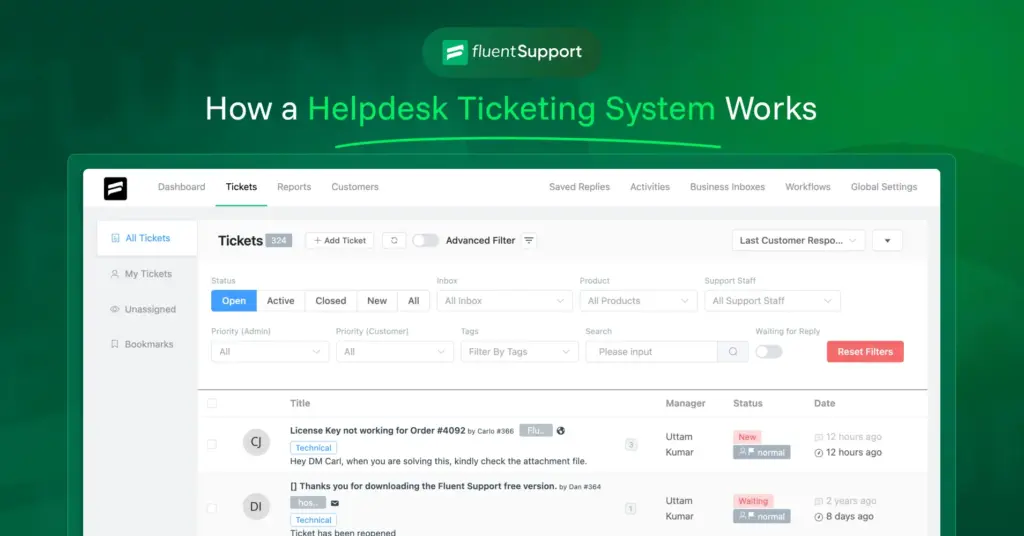
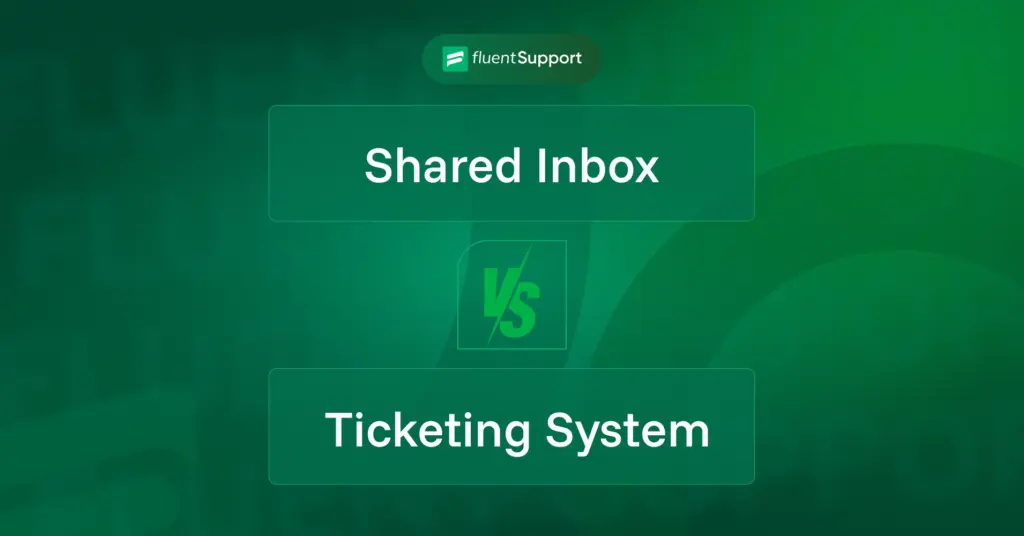
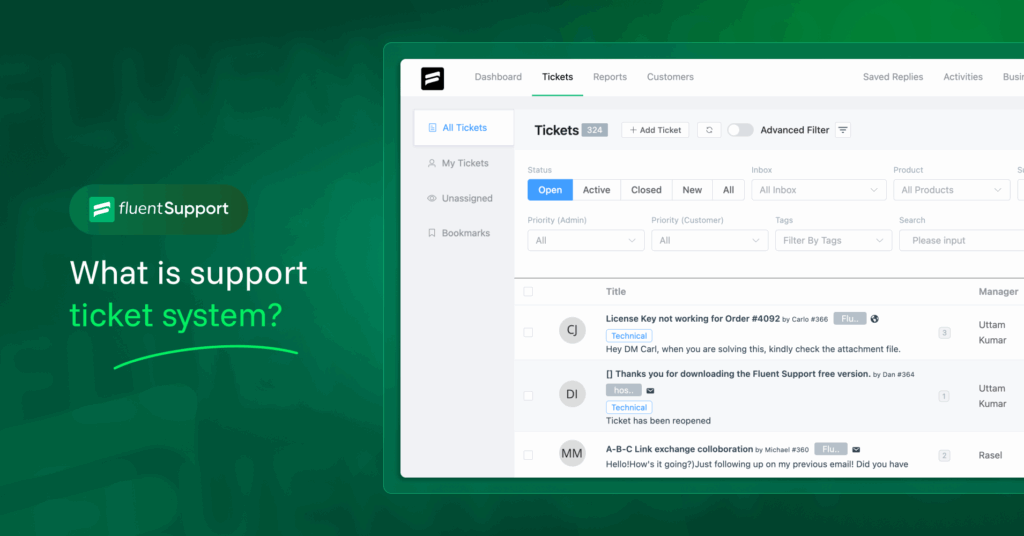
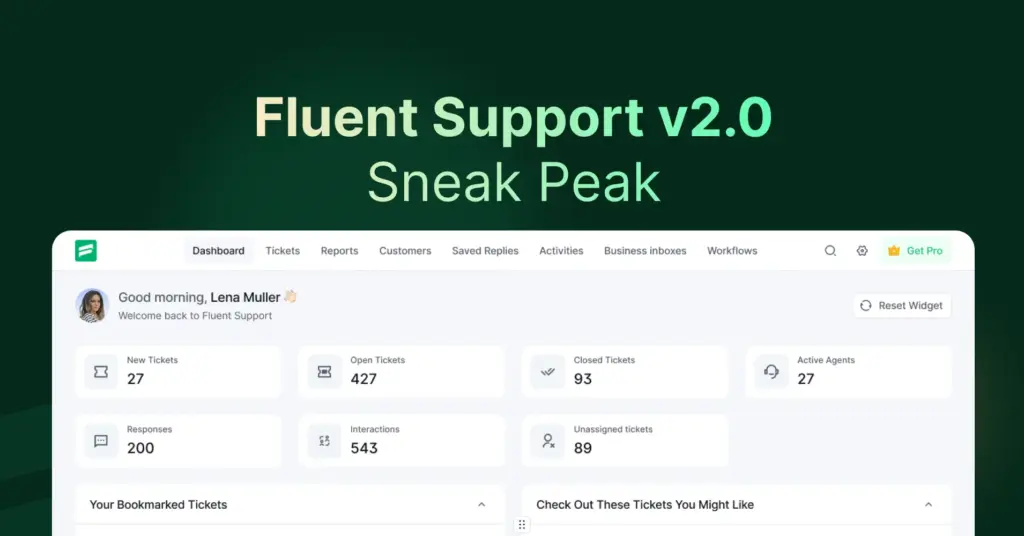
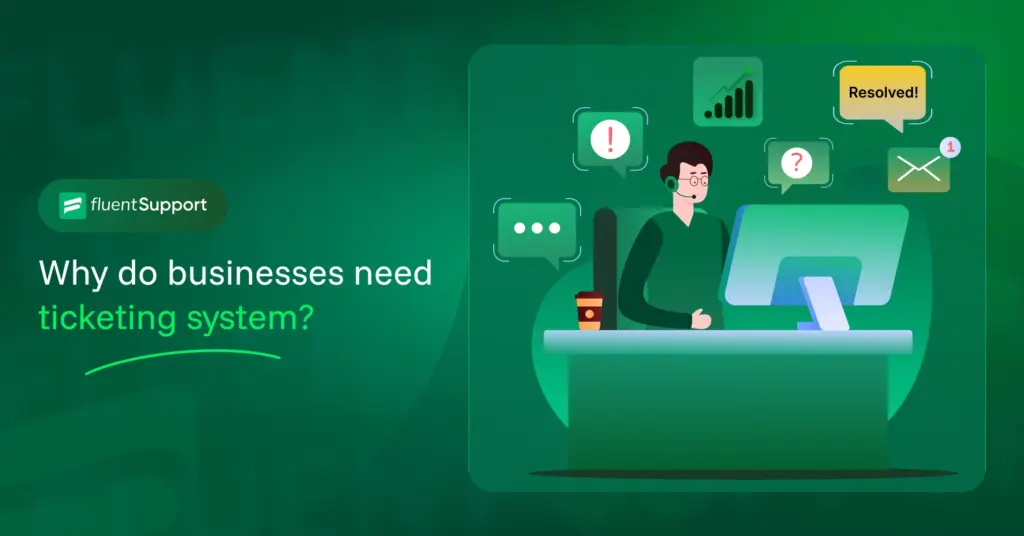
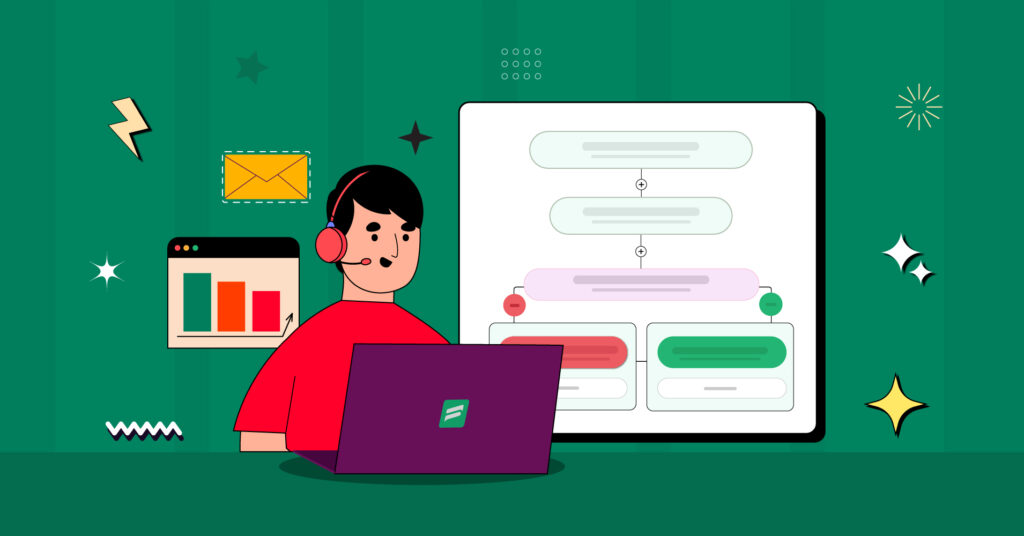

Leave a Reply